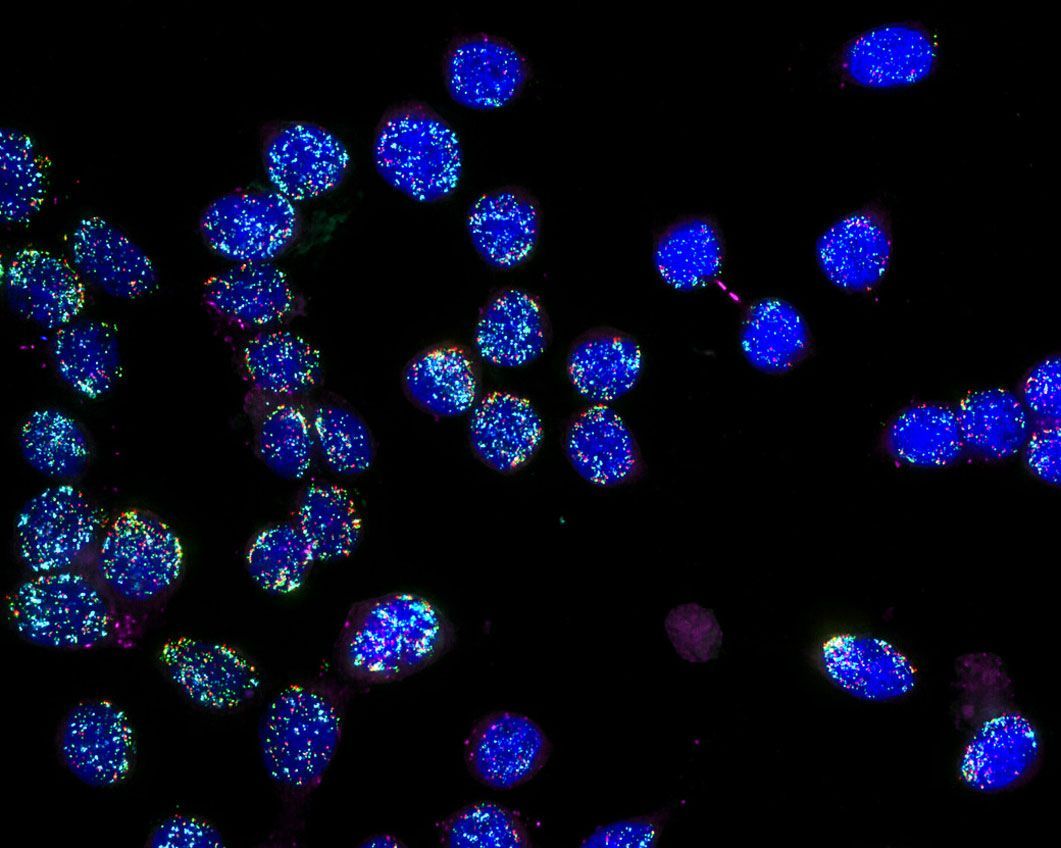Weird rings of DNA fuel cancers
Paul Mischel is championing the importance of odd rings of DNA in tumors — and their promise as targets for cancer therapy.

When Paul Mischel started his lab in the late 1990s, the rules of cancer biology seemed straightforward and solutions finally within reach.
A wave of targeted therapies was taking shape. For the first time, it seemed possible to design drugs that didn’t just carpet-bomb tumors—with healthy tissue as collateral damage—but struck only malignant cells, taking aim at the precise mutations fueling their growth.
In glioblastoma, the lethal brain cancer Mischel had set out to understand and subdue, the target appeared obvious: a gene, encoding a cell surface protein called epidermal growth factor receptor (EGFR), that was amped up to unusually high levels in nearly half of all cases by extra copies found within tumor cells.
It was a vulnerability seemingly ripe for exploitation, as drugs designed to block EGFR’s growth signals were just entering the research pipeline. Yet trial after trial of these EGFR-targeted agents produced the same disappointing result: Brain tumors barely flinched in the face of this precision attack.
Mischel dug into the problem the way any clinician-scientist might approach a puzzling case: cell by cell, sample by sample, refusing to take the tumor’s resilience at face value. What he found would reveal a hidden layer of genomic architecture in cancer, one that enables tumors to flout the rules of evolution. The findings would open up an entirely new frontier in anticancer drug discovery.
Continue reading at Science.



